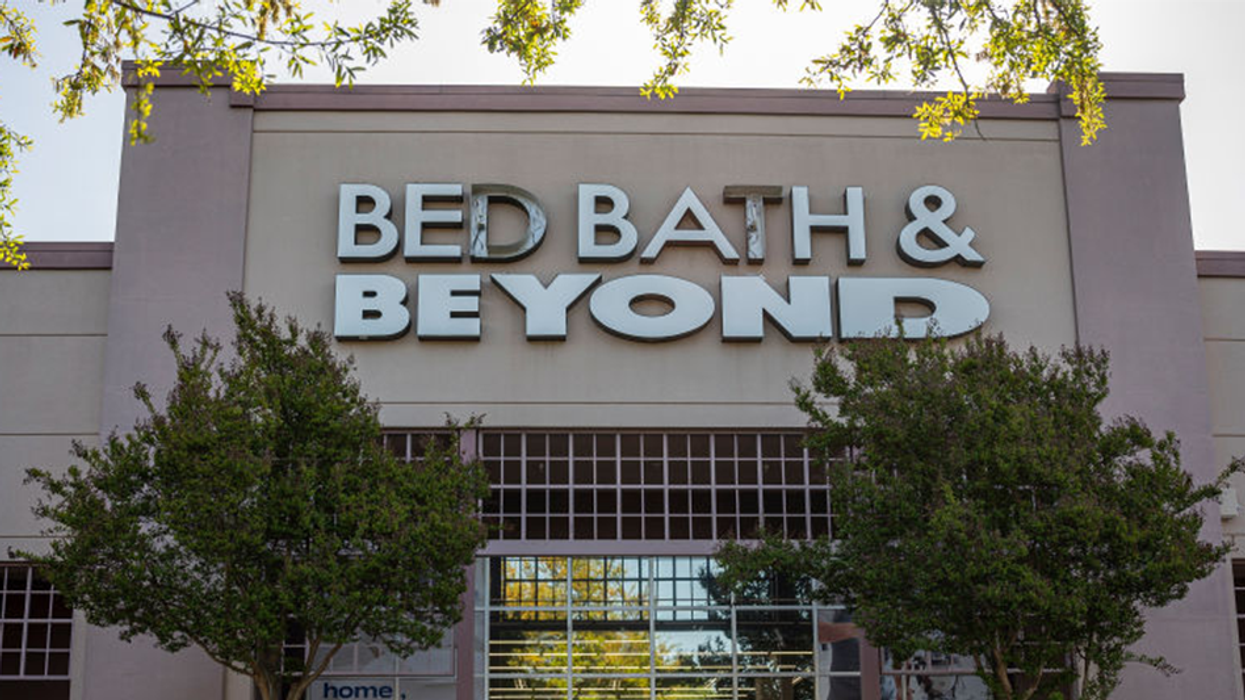
Photographer: David Paul Morris/Bloomberg via Getty Images

Bed, Bath & Beyond became notorious for its "Big Blue" 20% off coupons, but marketing moves surrounding the discount voucher ultimately contributed to the store's demise.
As reported by CNN, the famous brand planned to liquidate its inventory and close up shop for good in April 2023, after remarkable losses sent the company into bankruptcy.
The company's "Big Blue" coupons led to decision-making that caused the company's downfall, according to recent reports.
Despite becoming something of a pop culture icon, the coupons, which were even found in mobster Whitey Bulger's home, offered 20% off for customers. However, the savings, not the company's products, are what customers became the biggest fans of.
In the 1990s, the stores "decided to try 20 percent off one item," said Rita Little, vice president of marketing at the company from 1997 to 2013.
"I’ll just say that we knew people reacted. It moved the needle," she said in a 2021 New York Times interview.
Bed, Bath & Beyond started rolling out coupons in excess of hundreds of millions, reaching nearly a billion per year at one point.
"One time, there were 46,000 pounds of our printed, inkjetted postcards that were supposed to go to the post office," said the company's printer. "Which happened to be right next to a waste disposal plant or whatever they call those things. And, they disposed of it. It was not a pleasant time."
The coupons eventually ate away at profit margins and allegedly trained customers only to come into stores if they had one of the recognizable vouchers. This caused a perception that products were overpriced without a coupon, CNN said.
In the 2010s, the brand attempted a move away from the coupons, including a membership program with an inherent 20% discount. This did not work out as planned. Customers were too attached to the coupons, and the company faced backlash over the scale-back.
“We started to realize that what customers really wanted was the darn coupon. To hell with the rest of the stuff,” Little noted.
In 2020, an executive cited an "overreliance on the coupon" as a reason to scale back further. Just two years later, however, executives reportedly said the move was a “big mistake."
An early 2023 market report saw the chain anticipate a net loss of about $385.8 million for the third quarter, near 40% increase in losses compared to the year before.
The company was forced to take out a $240 million loan to fund operations during its bankruptcy, with about 14,000 employees potentially out of work.
Like Blaze News? Bypass the censors, sign up for our newsletters, and get stories like this direct to your inbox. Sign up here!
Andrew Chapados